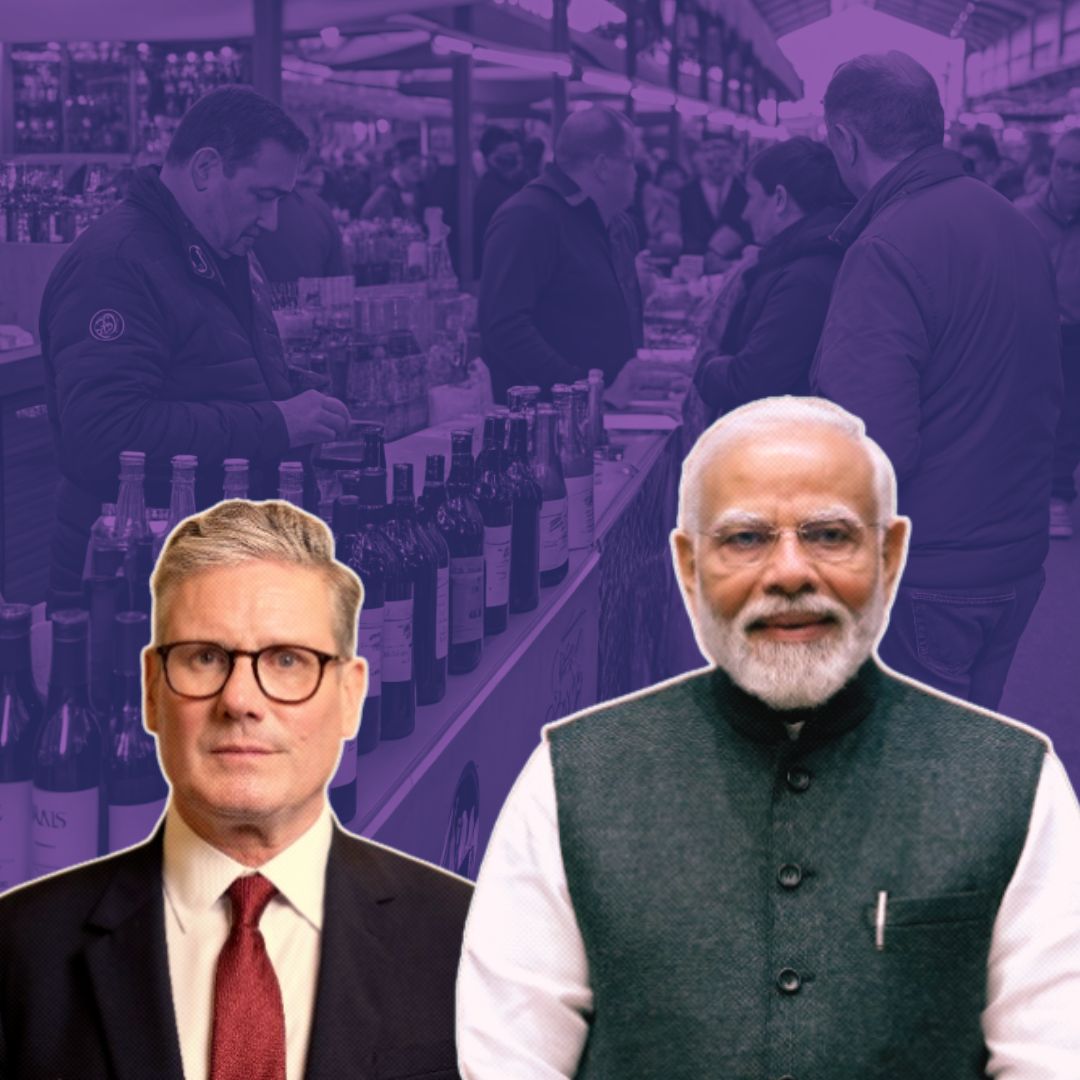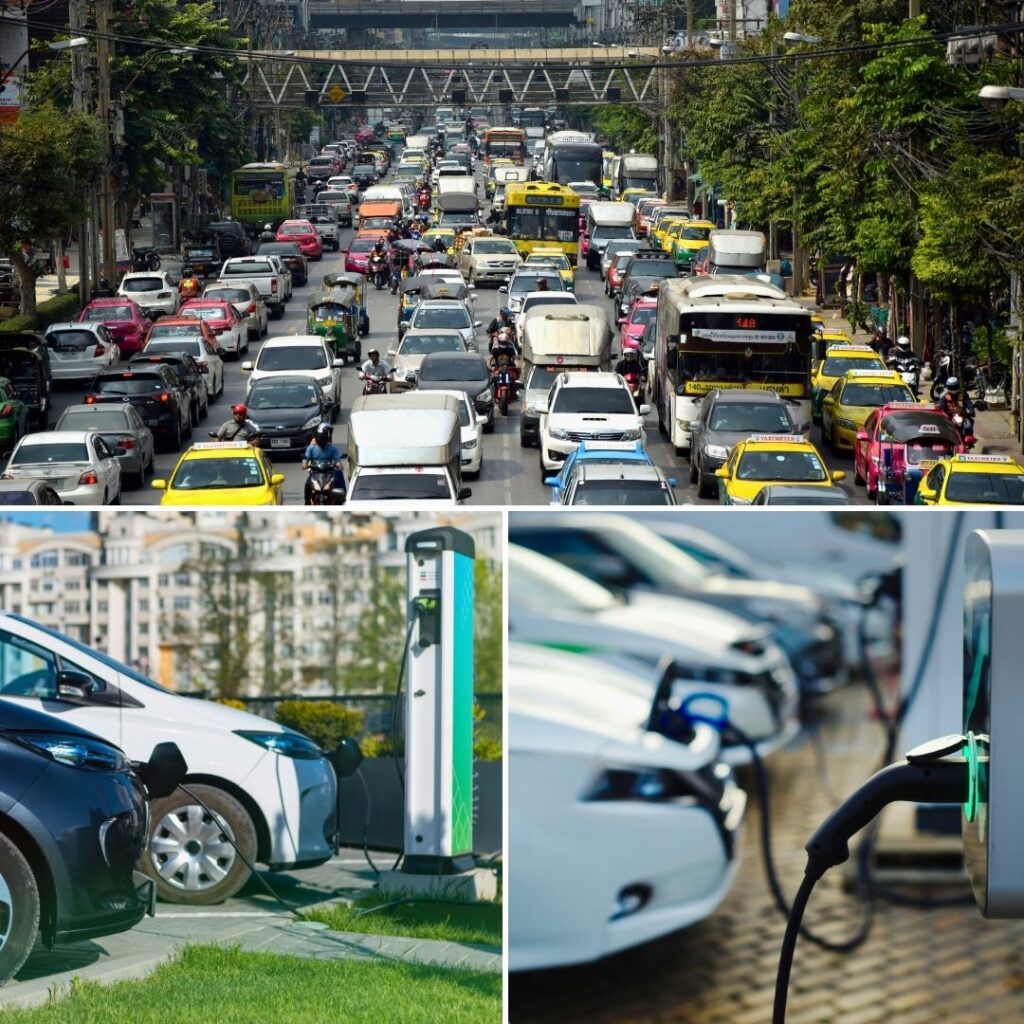India and the United Kingdom are poised to sign a landmark free trade agreement (FTA) in London today, 24 July 2025, during Prime Minister Narendra Modi’s ongoing visit. The new pact will cut tariffs on nearly 90% of UK exports to India, including a phased reduction in levies on Scotch whisky and gin from 150% to 75% immediately, and then to 40% over the next ten years. In return, the UK is offering 99% duty-free access to Indian products, spanning textiles, leather, gems, and engineering goods.
Officials from both countries have hailed the agreement as a win for economic growth and job creation, with ratification by the British Parliament and oversight by a joint implementation committee expected by the end of this year.
Landmark Deal Expected to Boost Trade and Job Creation
After three years of complex negotiations, the India-UK FTA—officially termed the Comprehensive Economic and Trade Agreement—has moved from aspiration to reality. Foreign Secretary Vikram Misri, speaking on behalf of the Indian government, called the agreement “historic and transformative for both countries.” The pact reduces tariffs on British spirits, cars, chemicals, and machinery, making iconic UK goods significantly more affordable for Indian consumers.
For example, the Scotch whisky and gin levies will fall immediately, potentially tripling exports by UK beverage firms such as Diageo and Chivas in the coming years. British Prime Minister Keir Starmer celebrated the agreement as “a bold step towards deep cooperation and prosperity,” while Indian Commerce Minister Piyush Goyal termed it “comprehensive, fair, and inclusive.”
Indian exporters are also set to benefit substantially. The FTA grants virtually duty-free access to British markets for Indian textiles, apparel, footwear, jewellery, pharmaceuticals, rice, engineering goods, and chemicals. Trade analysts suggest the deal could double bilateral trade from £37 billion in 2023 to over £75 billion (₹817,000 crore) by 2030, supporting up to a million additional jobs across both economies. Industry leaders like Ritu Kumar, president of the Federation of Indian Export Organisations (FIEO), say the FTA “levels the international playing field for India’s SMEs and manufacturers.”
Background: Years of Negotiation and Strategic Vision
The announcement marks the culmination of a drawn-out negotiation process, frequently interrupted by political changes and differing priorities. Talks launched formally in January 2022, with the intent to build on the broader UK-India 2030 Roadmap for trade, technology, and security collaboration.
Sensitive issues—including import duties on cars and spirits, British visa rules for Indian professionals, and the impact of post-Brexit trade policy—required painstaking compromise. Under the final agreement, not only do both countries reduce tariffs, but there are also provisions for smoother work visas, better intellectual property protections, and collaborative safeguards in food standards and digital trade.
Officials have established a joint trade oversight committee to monitor the FTA’s implementation, resolve disputes efficiently, and adapt the agreement to future needs. As Diageo India head Hina Nagarajan observed, the stepwise lowering of whisky tariffs “charts a predictable and transparent path for our investments in India.”
The Logical Indian’s Perspective
This free trade agreement is a testament to the vision of mutual peace, prosperity, and sustainable growth. It opens doors for millions—offering more affordable goods, greater employment opportunities, and stronger people-to-people connections. However, it is crucial that the benefits reach India’s farmers, weavers, and small business owners—not just multinational companies or urban consumers. The onus lies with both governments to transparently implement the deal, shield vulnerable sectors, and foster platforms for workers and SMEs to access new markets.











